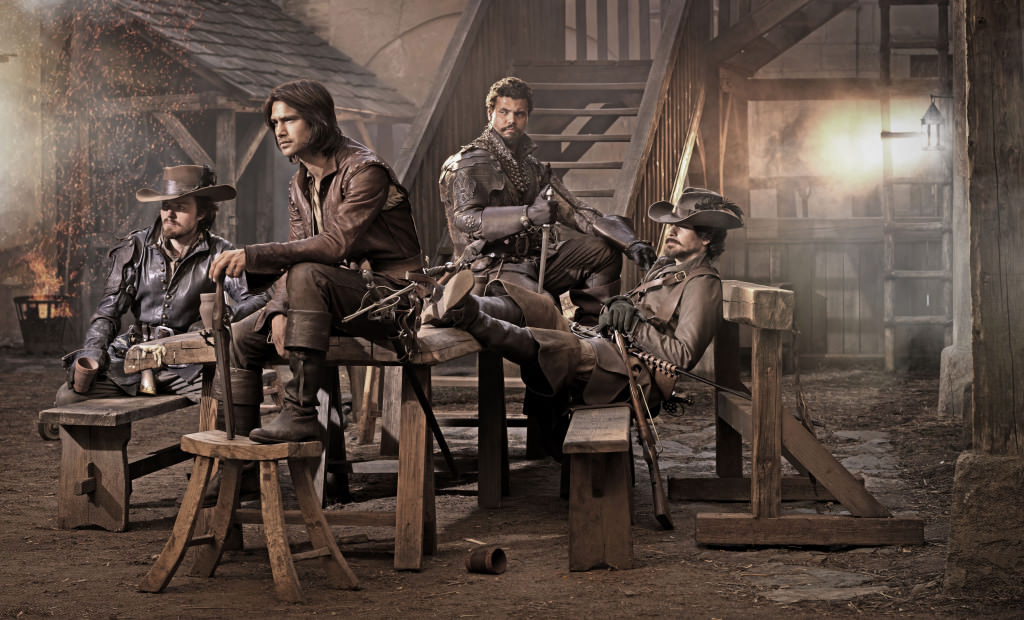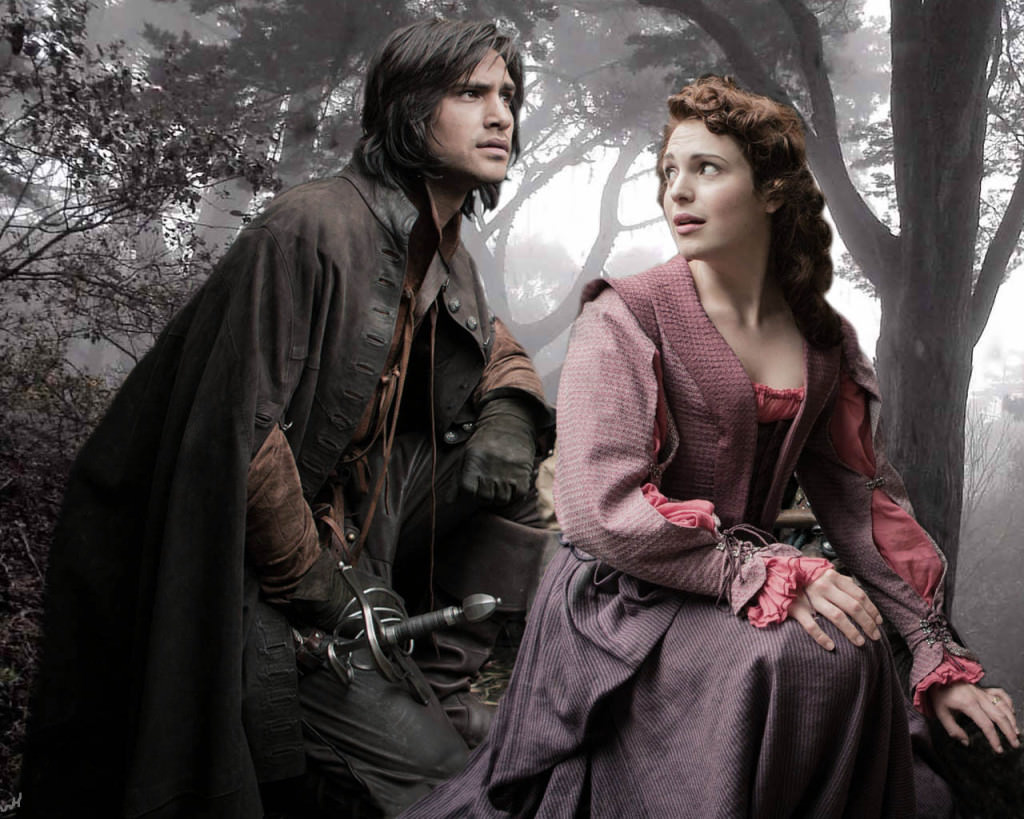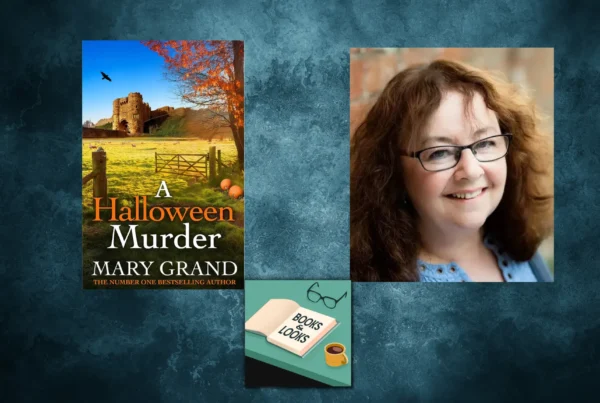Most people’s typical workday involves an office, budget meetings, and a little water-cooler talk. But not for Phoebe De Gaye, costume designer for BBC’s The Musketeers. She has concerns that might seem foreign to the rest of us—like bullet holes, corsets and how to hide padding during a sword fight.
But that’s what makes her job so exciting and fascinating. Check out some of her beautiful designs in The Musketeer’s trailer:
What’s it like dressing stars and working on a swashbuckling show? BookTrib had the pleasure of asking De Gaye about that and more:
BOOKTRIB: You’ve worked on projects as varied as The Forsyte Saga, Lark Rise to Candleford and now The Musketeers. While they all fall under the umbrella term of “period pieces,” the eras and visions are vastly different. How has your experience with The Musketeers been unique in terms of the other projects you’ve worked on?
Phoebe De Gaye: Each project brings its own unique requirements—that’s the fun of the job. I prefer to work in a variety of periods, as well as in different genres. This time, the challenge has been to invite the audience to experience The Musketeers as if seeing it for the first time. There have been so many versions made featuring these enduring characters. It felt important to present them, and their world, in a fresh and original way.
BT: What does a typical day look like for you during filming? Are you outfitting the characters yourself, or is most of your work done in advance?
PDG: With our television schedule (just over five weeks to shoot two episodes) we’re constantly preparing new outfits for new characters. Basically, we just about manage to keep up! I have a great team upon whom I utterly rely. The demands of a project like this would be impossible without their commitment and expertise.
We make most of our principle costumes and some for the extras as well. So I shuttle backwards and forwards from the set to the workroom. I need to be present whenever new costumes are first established on camera, but also for fittings with the actors, discussions of details of construction and cut with our makers, choices and sourcing of fabrics and trim, and the breaking down and ageing of costumes that have been newly made. Then there’s the researching and designing of the next stories coming up, meetings with directors, producers, production designers and DOP’s (directors of photography). No time to get bored!
BT: The Musketeers is an intensely physical show, with lots of fight scenes and horse riding. Has this affected the way you created costumes?
PDG: The costumes need to be strongly constructed, with sufficient room for movement. Sword fighting requires the actor to perform some deep lunges! And stunts require padding that needs to be concealed inside costumes without making weird bumps. We also need to make duplicates. Our characters often have a riding double as well as a stunt double. And we have to prepare duplicates for squibs (exploding capsules of blood or dust that simulate a bullet hit), which means we need to make holes in the costumes.
BT: The Musketeers is a mostly male-driven show, but there are a few strong female characters. What has been the difference in costuming the women and the men?
PDG: We don’t put corsets on our male actors. That’s one big difference!
BT: How have you worked to make each character’s look unique, and how much of each character’s personality goes into his or her specific style?
PDG: Character is all-important in costume design. Although the Musketeers form an elite and tightly knit group and therefore require an element of ‘uniform,’ they also need to be strongly delineated as individuals. I would say that was the first and main requirement of the design brief. For me, the process begins with the color and texture of the fabrics and leathers, and how I feel they express something about the character. That leads me further into the design process. Form and decoration follow. The silhouette is tremendously important, as well as the flow and movement of the fabric and the textures that can be picked up by sensitive lighting. These are what give a sense of physicality to the imaginary world we’re trying to create.
BT: As far as you’re concerned, what’s the relationship between costume and reality? Do you try to stay 100 percent true to the time period, or do you believe there’s room for a little fantasy in your designs?
PDG: My view is that the past is always an invention, seen through the prism of our own time. However, I find the study of the paintings, engravings, and photographs of the various historical times we’re portraying to be absolutely fascinating. I have a large library that I turn to again and again for inspiration. The fascination in design is to bring the two elements of past and present together to form an imaginary world that, if successful, feels utterly convincing.
Photos courtesy of BBC America







